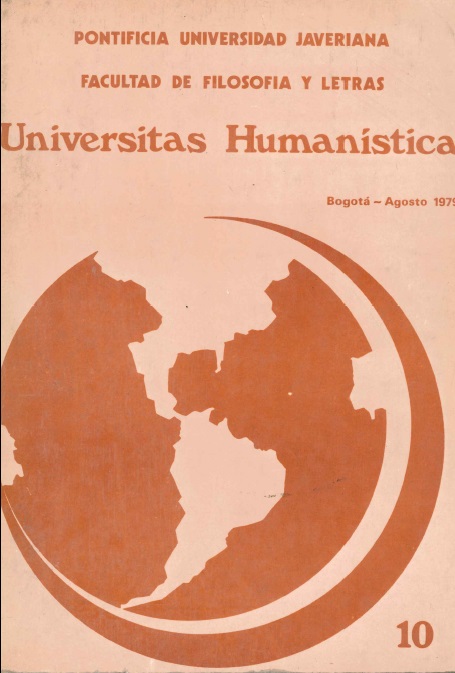Abstract
Nos proponemos analizar como la revolución cubana, pretendió cambiar la estructura latifundista que controlaba los recursos físicos, el dominio extranjero sobre las estrategias de crecimiento y la dictadura como forma de gobierno destinada a asegurar el sistema. El principal objetivo, era sacar adelante la economía nacional, por medio de la intensificación agropecuaria y la modernización de las otras ramas industriales. Las medidas previstas para lograr el mayor rendimiento serían el aumento de áreas de regadío, mejores fertilizantes, mejoramiento en los drenajes, cambios en los métodos de la siembra, redistribución más igualitaria del ingreso e incremento de la demanda.

This journal provides immediate open access to its content on the principle that making research freely available to the public, encourages greater global exchange of knowledge.
The journal Universitas Humanística is registered under a Creative Commons Attribution 4.0 International Public License. Thus, this work may be reproduced, distributed, and publicly shared in digital format, as long as the names of the authors and Pontificia Universidad Javeriana are acknowledged. Others are allowed to quote, adapt, transform, auto-archive, republish, and create based on this material, for any purpose (even commercial ones), provided the authorship is duly acknowledged, a link to the original work is provided, and it is specified if changes have been made. Pontificia Universidad Javeriana does not hold the rights of published works and the authors are solely responsible for the contents of their works; they keep the moral, intellectual, privacy, and publicity rights.
Approving the intervention of the work (review, copy-editing, translation, layout) and the following outreach, are granted through an use license and not through an assignment of rights. This means the journal and Pontificia Universidad Javeriana cannot be held responsible for any ethical malpractice by the authors. As a consequence of the protection granted by the use license, the journal is not required to publish recantations or modify information already published, unless the errata stems from the editorial management process. Publishing contents in this journal does not generate royalties for contributors.


